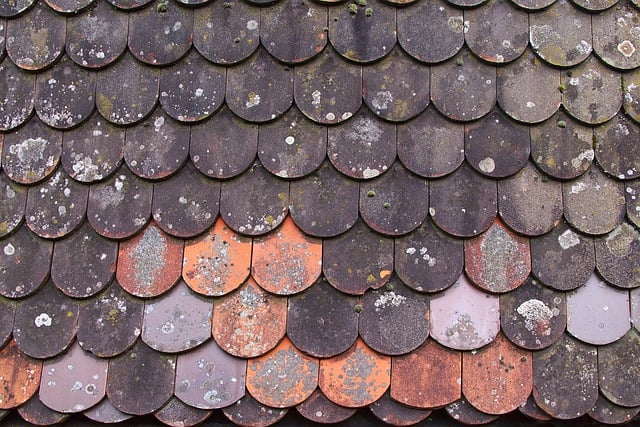A comprehensive assessment of your office rooftop space is crucial before initiating any roof installation. This evaluation considers structure integrity, existing insulation, and sun exposure to guide informed decisions on repairs and new installations. Custom roof installations offer tailored solutions, enhancing aesthetics, optimizing space utilization with integrated systems like solar panels, and increasing building value. Key material considerations for flat roofs include EPDM rubber membranes, metal roofing, and PVC vinyl membranes based on durability, cost-effectiveness, and structural requirements. Efficient roof installation strategies incorporate skylights, solar panels, and green spaces for enhanced environmental performance and productivity. Safety standards mandate high-quality materials, proper ventilation, secure fastenings, and regular maintenance checks to prevent heat buildup and moisture accumulation. Inflatable water management systems address drainage challenges in flat roofs. Cost-effective options include reflective roofs and recycling old materials, with government incentives further enhancing financial attractiveness. Green roofing options promote energy efficiency, reduce carbon footprint, and provide long-term savings on energy costs. Regular maintenance through annual inspections, addressing issues promptly, and proper cleaning ensures the longevity of your office's roof.
Roof installation is a critical aspect of office construction or renovation, offering much more than mere shelter. A well-designed and installed roof can enhance energy efficiency, extend building lifespan, and provide valuable space for additional uses. This comprehensive guide explores various aspects of roof installation tailored to offices, from understanding your rooftop potential to choosing the right materials, structural integrity, water management, cost-effective solutions, green roofing options, and maintenance tips.
Understanding Your Office's Rooftop Potential
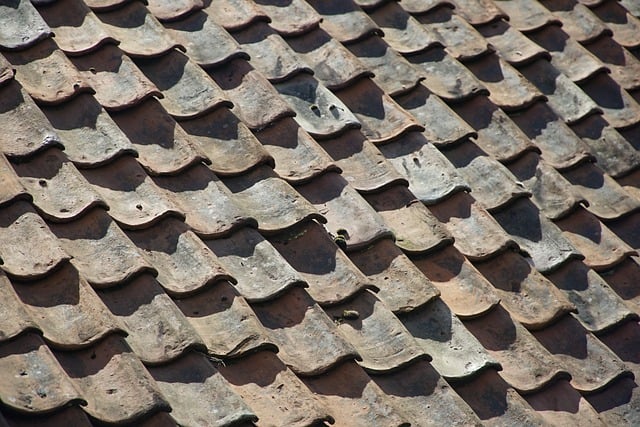
Before diving into a roof installation for your office, it’s crucial to understand the unique potential of your rooftop space. Each office building has distinct characteristics that can impact its suitability for various roofing options. Factors such as structure integrity, existing insulation, and sun exposure play a significant role in determining the type and efficiency of a new roof.
A thorough assessment should be conducted to identify any challenges or advantages specific to your office’s rooftop. For instance, an older building might require more extensive repairs before installing a new roof, while a larger open space could lend itself well to solar panel integration. Knowing these aspects will guide you in making informed decisions during the roof installation process.
The Benefits of a Custom Roof Installation

A custom roof installation offers numerous advantages for office spaces, catering to specific needs and preferences. Unlike standard, off-the-shelf solutions, tailored roofs are designed with the unique requirements of each building in mind, ensuring optimal functionality and aesthetics. This level of customization allows for efficient use of space, incorporating features like solar panels or green roofing systems that contribute to energy efficiency and sustainability goals.
Furthermore, a custom roof can enhance the overall value and appeal of an office building. With careful design and high-quality materials, these roofs become structural highlights, reflecting modern architectural trends. They also provide additional insulation, improving indoor comfort and reducing cooling costs. Customization also extends to visual aspects, allowing for brand integration or the inclusion of distinctive design elements that set the office apart and create a memorable impression on clients and visitors alike.
Choosing the Right Roofing Material for Commercial Spaces
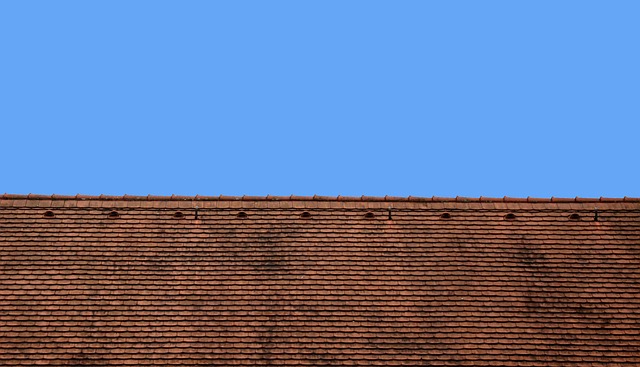
When it comes to roof installation for offices, choosing the right roofing material is paramount. Commercial spaces require materials that are not just durable but also cost-effective and aesthetically pleasing. Flat roofs, common in many office buildings, necessitate specific materials designed to withstand the weight of building components, as well as resist leaks and offer insulation properties. Among popular choices are EPDM (Ethylene Propylene Diene Monomer) rubber membranes, known for their flexibility, durability, and longevity—making them ideal for flat roofs.
Another consideration is metal roofing, which offers excellent corrosion resistance and a sleek, modern appearance. Metal panels can be easily installed and maintained, making them a smart investment for businesses looking to enhance their curb appeal. Moreover, many commercial roofers prefer PVC (Polyvinyl Chloride) vinyl membranes due to their low maintenance, durability against UV rays, and ability to seal tightly around penetrations like vents and pipes. Ultimately, the best roofing material will depend on specific office needs, budget, and the structural requirements of the building.
Design Considerations for Efficient Roof Space Utilization
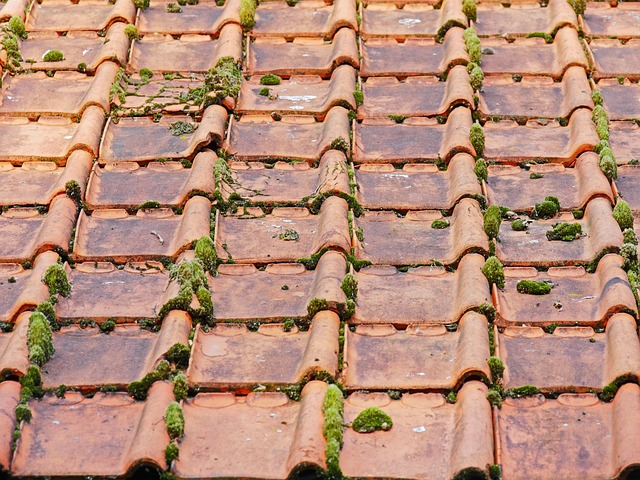
When designing a roof space for office use, efficient utilization is key. Beyond structural integrity and weather protection, consider incorporating features that maximize functionality. This includes optimizing natural light with skylights or light tubes, integrating solar panels for energy efficiency, and creating vertical green spaces like gardens or living walls. These strategies not only enhance the building’s environmental performance but also contribute to a healthier, more productive work environment.
The roof’s layout should be tailored to the office’s specific needs and the surrounding architecture. Flat roofs are common for offices due to their simplicity in construction and maintenance. However, incorporating slight slopes or curved edges can improve drainage while adding visual interest. Additionally, ensuring adequate ventilation and access for maintenance is crucial. Well-planned design elements translate into a more practical, versatile, and aesthetically pleasing office space, making it an integral part of the overall building’s success.
Structural Integrity and Safety Standards in Roof Construction

When undertaking a roof installation for offices, structural integrity and safety standards should never be compromised. A robust roofing system is essential to ensure the building’s overall stability and protect its occupants. This involves adhering to stringent construction guidelines that incorporate high-quality materials and up-to-date techniques. The structure must withstand various environmental factors such as heavy rain, strong winds, and extreme temperatures, besides supporting the weight of the roof itself.
Safety standards in roof construction encompass a range of critical considerations, including proper ventilation to prevent heat buildup and moisture accumulation, and secure fastenings to guard against sudden dislodgement. Regular maintenance checks are vital to identify and address potential issues early on. By prioritizing these safety measures during the installation process, office spaces can be guaranteed a safe haven that complies with industry standards, enhancing both structural resilience and occupant well-being.
Efficient Water Management Systems for Flat Roofs
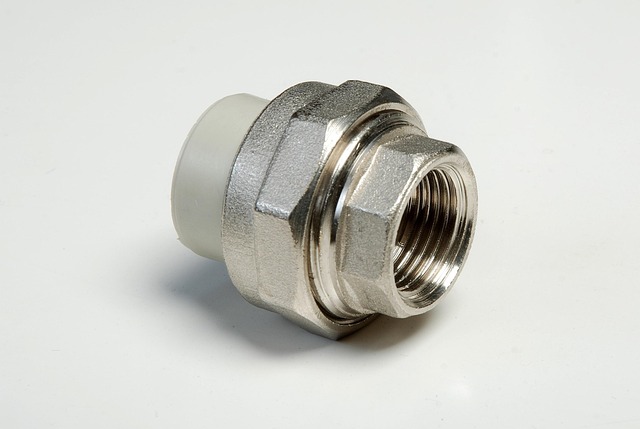
When it comes to roof installation for offices, particularly with flat roofs, efficient water management systems are a game-changer. These systems are designed to address one of the primary challenges faced by flat roofs: water drainage. Effective water management ensures that rainwater is swiftly and efficiently directed away from the building, preventing water damage and prolonging the lifespan of the roof.
Implementing advanced drainage solutions, such as slope modifications, high-performance membranes, and sophisticated guttering systems, can significantly enhance the structural integrity of a flat roof. By minimizing the risk of leaks and water accumulation, these systems contribute to the overall durability and aesthetic appeal of the property. Thus, for any office space undergoing roof installation, prioritizing efficient water management is key to ensuring a robust and long-lasting solution.
Cost-Effective Solutions for Office Roof Replacement

When considering a roof installation for an office, cost-effective solutions are often at the forefront of decision-making. Replacing an old or damaged roof can be a significant expense, but there are several strategies to ensure affordability. One approach is to opt for energy-efficient materials, such as reflective roofs that reduce heat absorption, leading to lower cooling costs in the long run. Additionally, choosing longer-lasting and durable options can decrease maintenance frequency and associated expenses.
Another way to make roof installation more economical is by exploring recycling and repurposing options. Old roofing materials can be recycled and used for new projects, reducing waste and potentially lowering material costs. Moreover, many governments offer incentives and rebates for businesses that invest in energy-efficient retrofits, including roof replacements, making the process even more financially attractive.
Energy Efficiency and Green Roofing Options
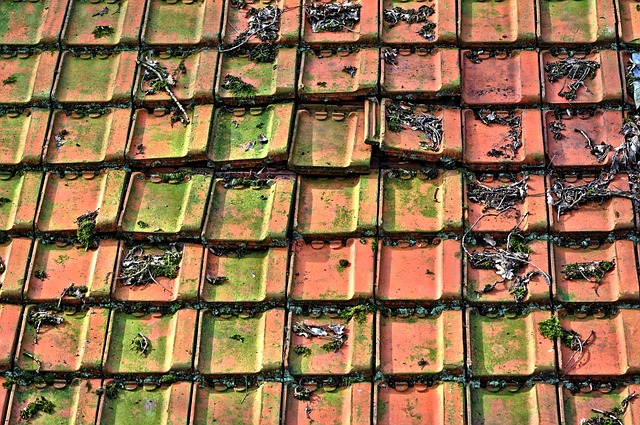
When considering roof installation for offices, energy efficiency should be at the forefront of your mind. Green roofing options are an excellent way to achieve this, offering both environmental and financial benefits. These systems integrate renewable materials like solar panels, green insulation, and sustainable shingles or tiles, reducing a building’s carbon footprint. Not only do they provide insulation, but they also create a cooler indoor environment, lowering energy consumption for heating and cooling.
There are various types of green roofing to choose from. Some involve planting living vegetation directly on the roof, which requires proper drainage systems to prevent water damage. Others use lightweight materials that mimic natural landscapes without the need for extensive irrigation. By adopting these eco-friendly practices during roof installation, businesses can contribute to sustainability goals while enjoying long-term savings on energy costs.
Maintenance Tips to Prolong Your Office's Roof Lifespan
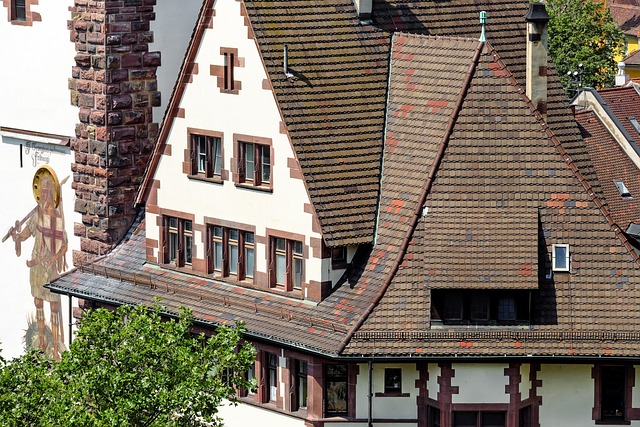
Regular maintenance is key to extending the life of your office’s roof, a crucial component in any commercial property. After all, a well-maintained roof can prevent costly repairs and keep your business operations running smoothly. Here are some essential tips for maintaining your roof installation:
Inspect your roof at least twice a year for any signs of damage, including missing or damaged shingles, flashing issues, or leaks. Promptly addressing these problems can prevent further complications. Additionally, regular cleaning is vital to remove debris and ensure proper water drainage, which helps maintain the integrity of your roof.
